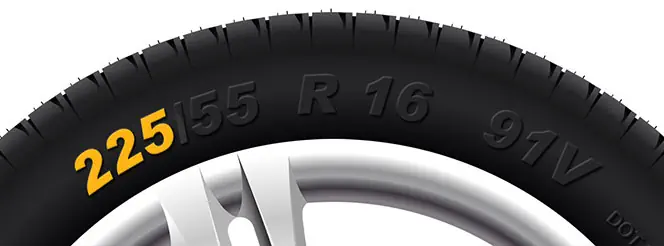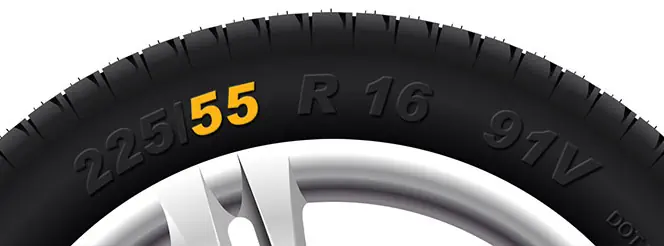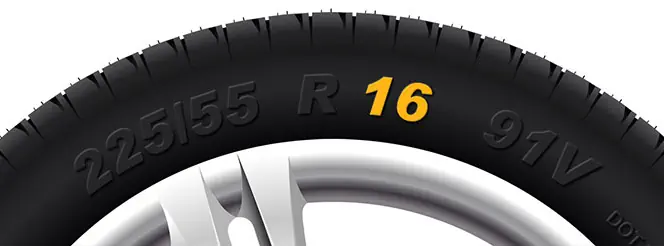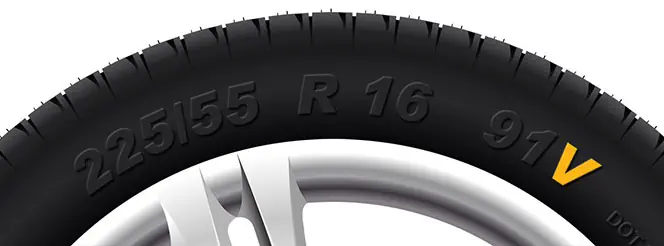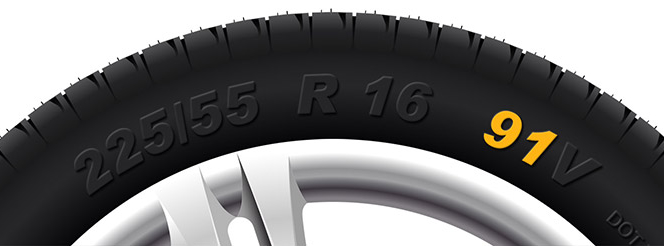Mobil Superô Engine Oil Range now available at Kwik Fit
Bradley Jando | Wednesday 9th June 2021 3:04pm

Kwik Fit are proud to announce a new agreement to offer Mobil oil products to all Kwik Fit customers.
The new oil offerings for Kwik Fit include the Mobil Superô range, which will be available across all of Kwik Fitís 600+ UK centres.
What does engine oil do?
Engine oil plays an essential role in engine performance, lubricating the moving parts of your engine as well as cleaning, cooling and protecting these parts to prevent your engine from seizing up. Maintaining a healthy level of engine oil is crucial to avoid increased wear on the engine components, and help to preserve them for longer.
Why is it important to check engine oil?
Modern engines with high fuel economy ratings use a much thinner oil than ever before. The engine is also designed with less resistance, and as a result a perfectly healthy modern engine will ďuseĒ oil. Small amounts of oil pass into the combustion chamber and get burned off. Engines with low oil levels can suffer significant damage. This makes the regular checking of an engines oil level an essential and important job.
Most car manufacturers recommend checking a carís engine oil level once per week. Despite the risks that low oil level can cause, our recent study found that one in five drivers never check their oil levels, so itís no surprise that 1 in 3 vehicles currently on the road have insufficient oil levels.
How do I check my engine oil?
To check you engine oil you will need to park on a flat surface, open up your vehicleís bonnet and locate the dipstick Ė which is normally yellow and shaped like a ring pull protruding from the engine (refer to your vehicle handbook for further information). For an optimum and safe engine oil reading your engine should be cool, so if you have been driving already it is best to wait 5-10 minutes before proceeding with the next step.
Once you have located your dipstick and the engine is suitably cool you will need to pull out the dipstick, wipe off any oil with a clean cloth and then reinsert it fully back into its tube. Remove the dipstick once more and this time you should be able to clearly read the oil level Ė the level should be between the upper and lower marks. If your level is close to the lower mark then it is time to top it up.
A low oil level is not the only time that action may be needed though, changes in colour, consistency and engine noises could mean an oil change is required. To learn more see our 6 ways to tell when your car needs an oil change blog.
What does Mobil Oil offer?
The Mobil Superô range, now available at Kwik Fit centres, offers drivers a premium engine oil option with proven capabilities to protect and help extend engine life, whether itís by topping up when your oil levels are low or a full oil change. Mobilís Super ô oils, developed to fight sludge and protect against wear, has been approved by manufacturers including VW, Ford, Peugeot, and Opel (Vauxhall), with unique formulas available to meet the specification of each one.
Keep on top of your Engine Oil with Kwik Fit
The best way to keep your engine running at optimum condition is with regular servicing at Kwik Fit using Mobil Oil. Having your car regularly serviced will help to identify any potential issues early, and help you to keep on track with your engine oil levels, as well as providing you with oil changes when necessary.
If you have any concerns about your engine oil, or the level is running low, and you are not due a service then why not book in for a free vehicle health check, or feel free to contact your nearest Kwik Fit centre for more advice.
Any facts, figures and prices shown in our blog articles are correct at time of publication.
Featured Articles
Is it Illegal to Drive With One Headlight?
Saturday 19th July 2025
Wondering if itís illegal to drive with one headlight? Learn about the safety risks and penalties of illegal blown bulbs and why you should fix them promptly.
Air Con in EVs & Hybrids: Experts Answer Your Questions
Monday 30th June 2025
Does air con drain EV batteries? Can you use the air con while charging an electric car? Find out the answers to these questions & more from Kwik Fitís experts.
Why Is Your Car Making a Noise? Fixes & Tips
Friday 13th June 2025
When your car starts making unexpected noises, it can certainly be quite disconcerting; it may be nothing to worry about, but hereís what you need to know.





